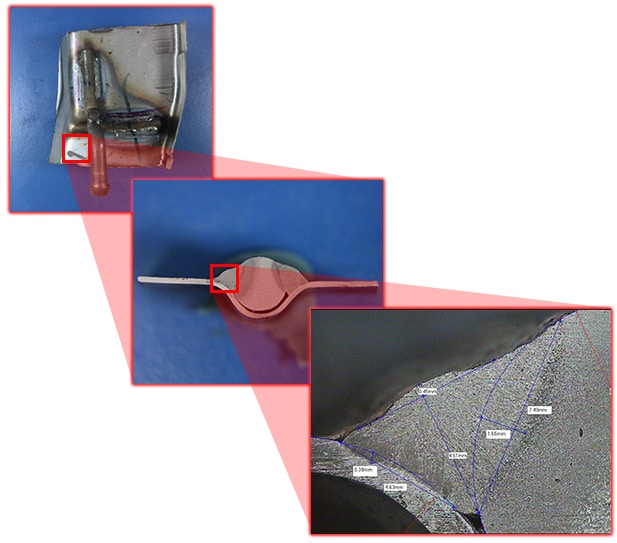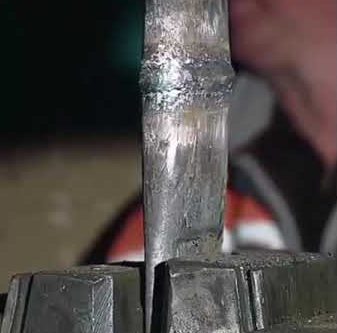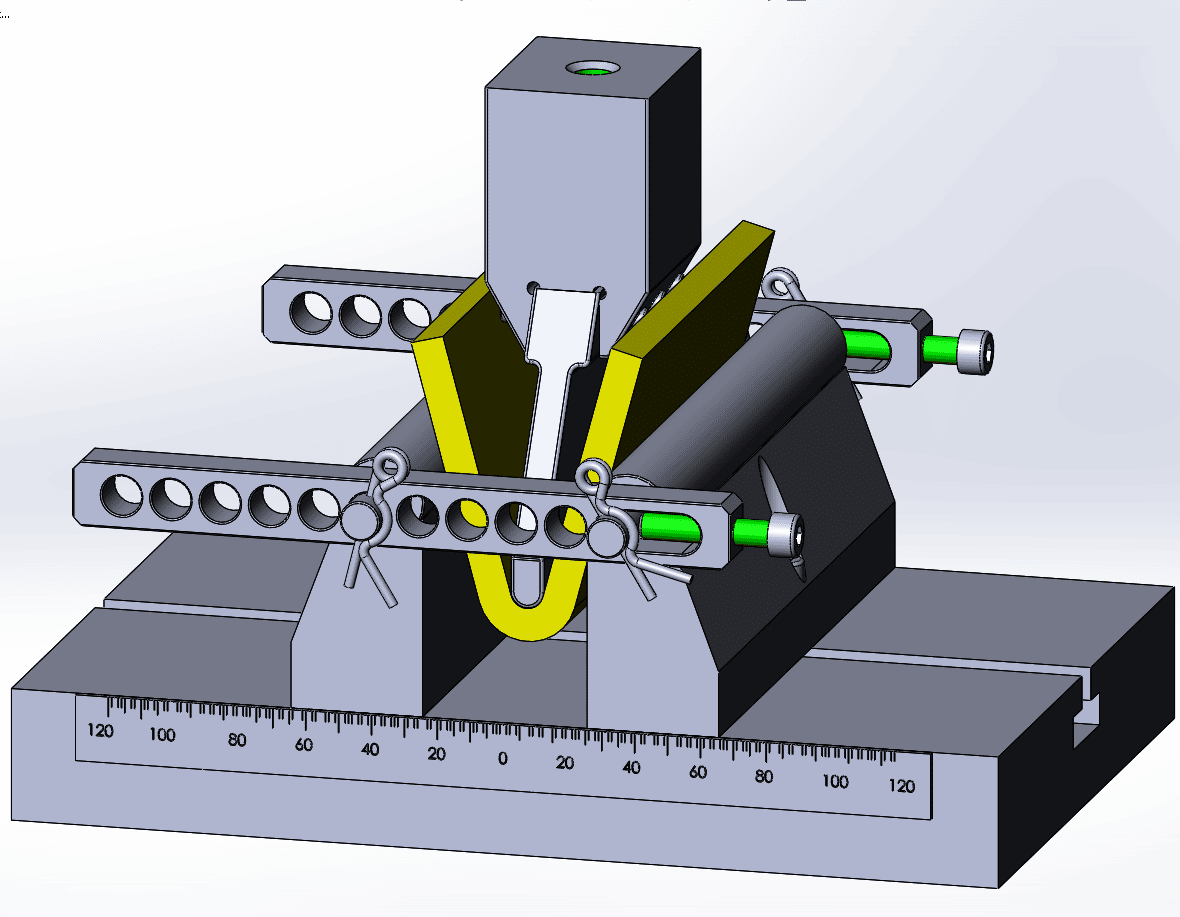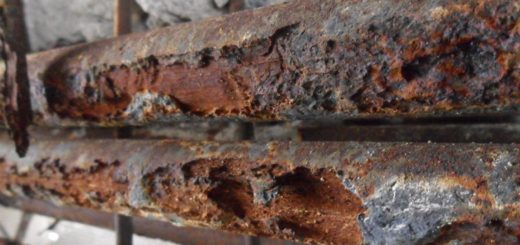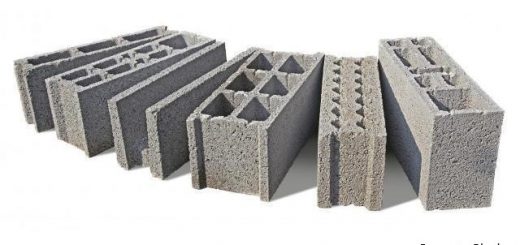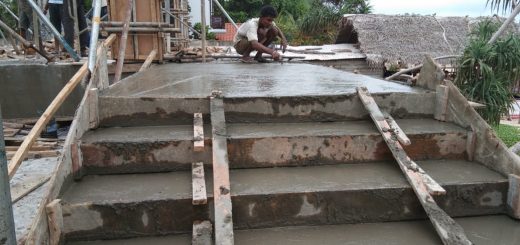Destructive Testing of Welds | Detail Study
As the name implies, destructive testing of welds is done by taking samples or by damaging the weld. When it is difficult to determine the issue or when it is required a more accurate assessment of the welds, destructing testing of welds is done.
Welding defects reduce the strength of the joint and could lead to structural failures if we do not pay attention to this regard.
The following types of destructing testing of welds could identify.
- Macro Etch Test
- Fillet Weld Break Test
- Transvers Tension Test
- Guided Bend Test
- Free Bend Test
- Back Bend Test
The requirement of carrying out destructive testing as strength assessment and evaluation properties is decided based importance of the work and as per the information gathered during welding inspection.
Let’s discuss each type of destructive test in detail.
Macro Etch Test – Destructive Testing of Welds
This method is also called the Acid Etch Testing.
The appearance of the weld is tested by applying a chemical to the weld sample taken for the weld joint. The summary o this test is as follows.
- Take a small sample from the weld joint.
- The sample will be polished to access the section
- Then it will be etched using mild acid.
- This will provide a clear visual of the internal structure of the weld
- By using this test the following can be examined.
- Depth of penetration
- Lack of fusion
- Inadequate root penetration
- Internal porosity
- Cracking at the fusion line
Since these types of welding tests provide any information, they can be used more frequently to assess the quality of a weld.
Fillet Weld Break Test
This is a kind of assessment of the weld strength. Since the strength of a weld depends on many parameters, an overall assessment of all these parameters can be done with a fillet weld break test.
We have to take samples of welds to do this test as this is a non-distractive testing type of welds.
This test can be summarized as follows.
- Braking of sample fillet weld on one side is done.
- The sample is loaded from the unloaded side in the transverse direction of the weld.
- The is increases until the fillet weld fails.
- Then the failed sample will be examined to identify the discontinuities in the weld and the length of such discontinuities.
- This test is commonly used with Macro Etch Test to get more information.
- The following can be detected from these types of destructive testing of welds.
- Lack of fusion
- Internal porosity
- Slag inclusion
Transvers Tension Test
Mostly the welding will be designed for the tensile properties. Therefore the following factors are required to be assessed.
- Weld metal
- Tensile strength of the base metal
- The bond between the weld and base metal
- heat affected zone
The tensile properties or the tensile capacity of the weld are obtained by stressing the specimen until its failure.
- The maximum load it took during the stressing is called the tensile strength/force.
- Then these values can be compared with the design requirements.
- The tensile test is one of the best tests to determine the strength of the weld.
Guided Bend Test
This test is a measure of the ductility and the soundness of the weld joints.
Bending of the sample will be done as per the specified radius. Some of the following aspects can be highlighted as relevant to this test.
- Generally, this test will be done transversely to the welding axis.
- This is the test most commonly used type of destructive testing of welds employed to find the welding performance and welding procedure.
- Inner fusion defects can be evaluated from these tests.
Free Bend Test
This is a type of free bending test that is used to evaluate the performance of weld.
This test is used to judge the ductility and metal deposits of weld joints.
Mostly the free bend test is not required as destructive testing of welds when a guided weld test is done.
Some of the Related Articles on Steel Structures Design are as Follows
- Single Angle Design for Tension as per EC3
- Bolt Connection Design Using Eurocode 3
- Single Angle Section Design Worked Example
- Steel Column Design EC3 Worked Example
- Steel Column Design using Eurocode 3
- Steel Beam Design Worked Example [Universal Beam]
- Lateral Torsional Buckling [Theory and Calculation]
- Steel Beam Design as per BS 5950
- Classification of UB Section as per BS 5950

